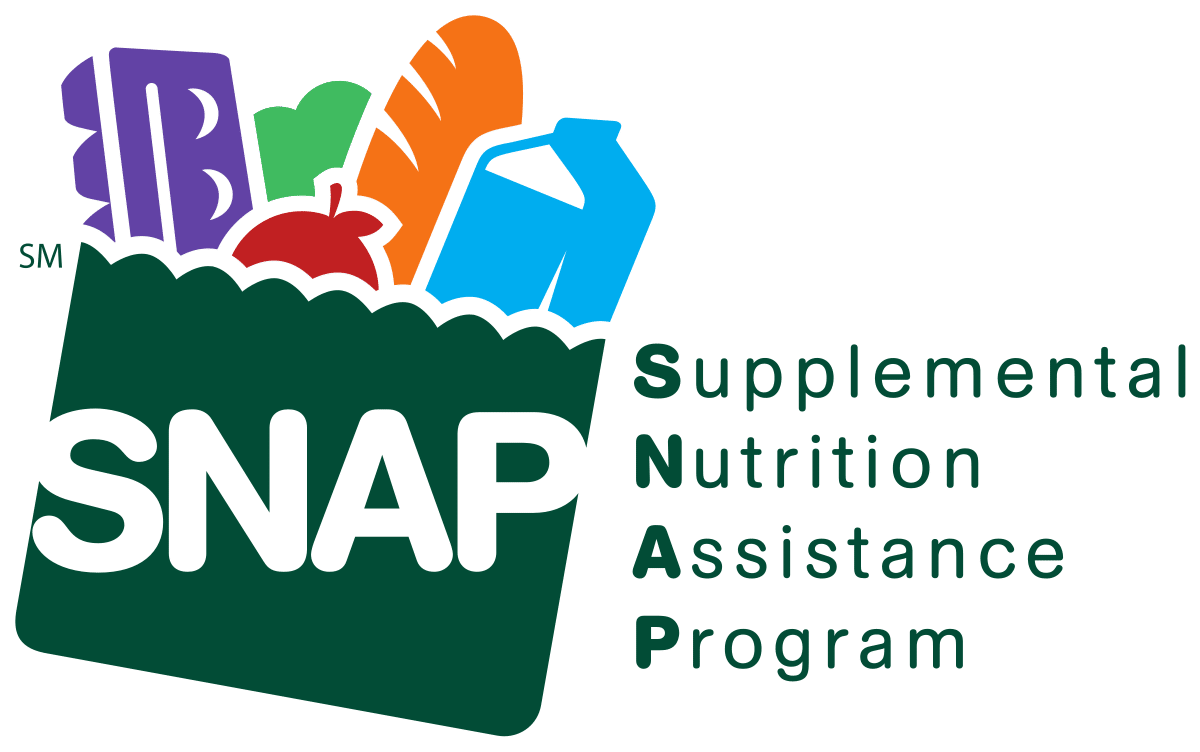Thousands of Washingtonians continue to struggle to put enough nutritious food on the table, according to recent data from the U.S. Department of Agriculture and Feeding America. Washington families should be able to depend on regular access to the kind of food that will build and sustain healthy families and communities, yet over one in every 10 households in the state experience food insecurity. This means they struggle to eat three meals per day due to a lack of money or other resources. 
This new data underscores the need to fight the Trump Administration’s proposed new rule to restrict the Supplemental Nutrition Assistance Program (SNAP) and take food assistance away from 175,600 Washingtonians (more than 37% of whom are children). SNAP plays an essential role in promoting health in Washington. While SNAP is primarily intended to reduce hunger and food insecurity, it has also been shown to have long-lasting health benefits for program participants. These benefits range from reducing the likelihood of lower birth weights and infant mortality, to improving childhood nutrition and cognitive development and learning.
Food insecurity disproportionately harms rural households, children, and people of color
Protecting SNAP matters because hunger touches Washingtonians everywhere, from Bellingham to Walla Walla – but rural households, children, and people of color are more likely to go without food or suffer from deeper hunger:
- Rural areas face unique challenges in accessing food. Over one in 10 Washington households struggled to put food on the table last year, but the rate was twice as high in Whitman and Ferry Counties, where 1 in 5 households struggled to put food on the table. Rural residents not only experience hunger at higher rates than non-rural residents, but tend to experience deeper struggles with hunger.
- Children are even more likely to be in a household that is food insecure. Almost 1 in 5 children in Washington and 1 in 4 children in Ferry, Clallam, and Okanogan counties lived in food insecure households in 2017.
- Food insecurity is inextricably linked to racism. Black and Latinx households experience disproportionate rates of food insecurity due to policies and practices that blocked them from economic opportunity. Due to redlining and discriminatory housing practices that segregated entire communities, communities of color are also more likely to be located in “food deserts,” or areas with less access to fresh, nutritious foods.
Hunger can have harmful, long-term impacts
Missing meals can have long-lasting health impacts, especially for young children. While children are often shielded from hunger by older household members who forgo food, other factors associated with food insecurity, like caregiver stress, anxiety, and depression, can harm children’s wellbeing. Children who experience longer-term hunger face the greatest health risks. Without secure access to nutritious food, kids don’t have the fuel they need to concentrate in school and that can impact their development and overall health. Long-term, those who experience hunger in early childhood are more likely to experience reduced academic performance and achievement, which can limit economic opportunity later in life and perpetuate intergenerational poverty.
Food insecurity is symptomatic of larger, systemic problems: a broken economy, racist policies, and an upside-down tax code, in which low- and middle-income families in Washington pay up to as much as six times more in state and local taxes than the wealthiest pay. Programs such as SNAP are an effective way to boost the financial security of families and help them put food back on the table.
Take action: Protect SNAP for Washington’s kids and families
SNAP protects kids, families, and elders against hunger and lifts people out of poverty nationwide. Over half of the country’s food-insecure households participated in at least one of the three largest federal food assistance programs: SNAP; the Special Supplemental Nutrition Program for Women, Infants, and Children (WIC); and the National School Lunch Program. SNAP has been shown to reduce food insecurity by as much as 30 percent. It is even more effective among the most vulnerable, such as children and those living in households where members have to skip meals or otherwise eat less due to lack of money.
Protect the health of our communities against hunger by telling the Trump Administration that its latest proposal to restrict SNAP is misguided and will harm the health and well-being of people in Washington state and across the nation. Raise your voice by submitting a public comment by September 23, 2019.